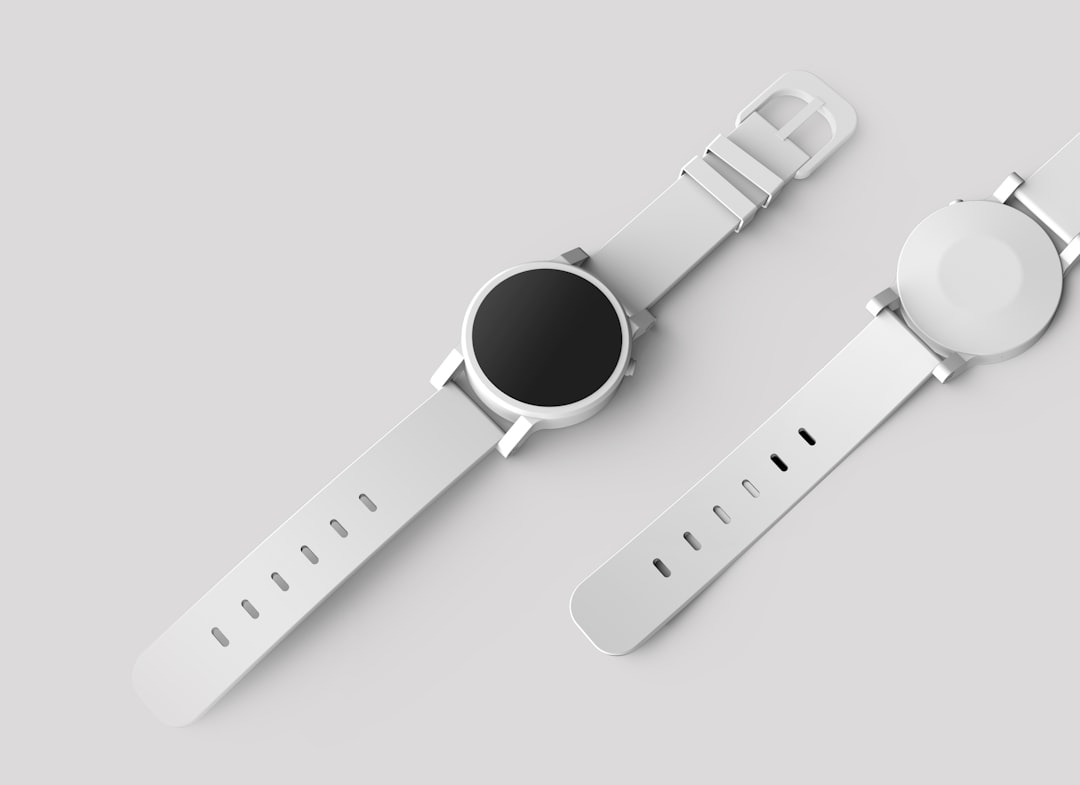Launching a Minimum Viable Product (MVP) is an exciting milestone. It’s the first step in bringing your vision to life and introducing it to the market. But the journey doesn’t end there. In fact, the real work begins after your MVP is out in the wild.
Successful products are not static—they evolve. Continuous iteration based on real-world feedback and market data is the secret to staying relevant, meeting customer needs, and thriving in an ever-changing landscape. If you’re struggling to adapt to market shifts, gather actionable customer feedback, or overcome resistance to change, this post is for you.
Why Stop at the MVP?
The MVP approach is designed to help businesses launch quickly with the core features needed to solve a specific problem. It minimizes time and development costs, allowing you to gather feedback from real users. But an MVP is just that—a minimum solution.
Here’s why iterating beyond the MVP is essential:
-
Changing Market Needs
Markets evolve. Customer expectations shift. Competitors introduce new features. If you don’t keep up, you risk becoming irrelevant. -
Customer-Centric Growth
Real-world users will tell you what they want, what frustrates them, and what they value. Incorporating this feedback leads to better customer satisfaction and loyalty. -
Competitive Advantage
By continuously improving your product, you can stay ahead of competitors who might be slower to adapt. -
Long-Term Scalability
Iterating allows you to refine and optimize your product, making it more robust and scalable for future growth.
The Iteration Process: A Proven Approach
Improving your product doesn’t have to be overwhelming. Here’s a structured process to guide you:
1. Gather Feedback
Real-world feedback is your most valuable resource.
- Engage with Users: Conduct surveys, interviews, and focus groups to understand user experiences.
- Analyze Behavior: Use analytics tools to track how customers interact with your product. Identify pain points and drop-off areas.
- Monitor Reviews and Support Tickets: These often highlight recurring issues or unmet needs.
2. Prioritize Improvements
Not all feedback is equal. Focus on changes that align with your business goals and deliver the most value to your users.
- Categorize Feedback: Group suggestions into themes like usability, performance, or feature requests.
- Evaluate Impact vs. Effort: Use a framework like an impact-effort matrix to decide which improvements to tackle first.
3. Plan Iterations
Break down improvements into manageable phases.
- Create a Roadmap: Outline short-term fixes and long-term goals.
- Stay Agile: Use an iterative development process, like Scrum, to adapt quickly and make incremental changes.
4. Test and Validate
Every change should be tested before it’s fully rolled out.
- A/B Testing: Compare the performance of new features or designs against the old ones.
- Beta Testing: Release updates to a small group of users to gather feedback before a full launch.
5. Communicate Updates
Keep your users informed about the changes you’ve made and why.
- Release Notes: Share details about new features, fixes, and updates in an accessible format.
- Highlight Benefits: Show users how these improvements solve their problems or enhance their experience.
6. Measure Success
Track the impact of your iterations to ensure they’re delivering the desired results.
- Key Metrics: Monitor metrics like user retention, satisfaction, and engagement.
- Continuous Monitoring: Keep an eye on analytics to spot new opportunities for improvement.
Overcoming Resistance to Change
Change can be difficult—for both your team and your customers. Here’s how to ease the transition:
- Educate Your Users: Provide tutorials, FAQs, or live demos to help users adapt to new features.
- Involve Stakeholders Early: Collaborate with your team and key customers during the planning phase to build buy-in.
- Adopt a Growth Mindset: Foster a culture that embraces feedback and sees change as an opportunity, not a threat.
Real-World Example: Iterating to Success
Take the story of Slack, for example. It started as an internal communication tool for a gaming company but evolved into one of the world’s most popular team collaboration platforms. How? By listening to user feedback, identifying gaps, and continuously improving its features to better meet the needs of diverse teams.
Slack’s journey underscores the power of iteration. Instead of sticking to its initial vision, the team stayed flexible, prioritizing user needs and adapting to the market.
Start Iterating Today
At Bastaki, we specialize in helping businesses evolve their products through a feedback-driven approach. From setting up analytics systems to conducting user research and implementing iterative improvements, we’re here to help you take your product beyond the MVP.
Let’s build a product your customers can’t live without. Contact us today to learn more about our product development services!










0 Comments